Peace Lily?
WAgardengal
11 years ago
Related Stories
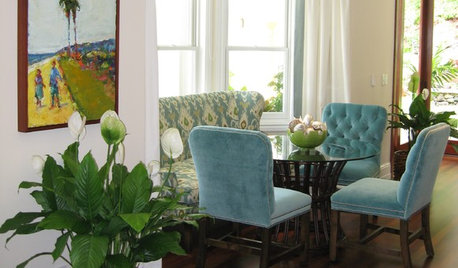
HOUSEPLANTSMeet a Houseplant With Excellent Communication Skills
It droops when thirsty, revives quickly and thrives under fluorescents. You may want to hire this hard worker for both home and office
Full Story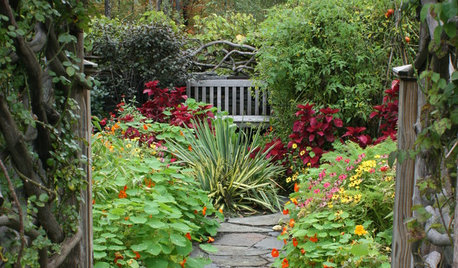
GARDENING AND LANDSCAPING11 Garden Retreats for the Creatively Inclined
Finally finish that novel, opera or oil painting you’ve been working on by drawing inspiration from these peaceful retreats
Full Story
FEEL-GOOD HOME6 Design Ideas for Happy Pets
Keep your dog or cat feeling safe and in high spirits, and you'll all feel more at peace. Here's how
Full Story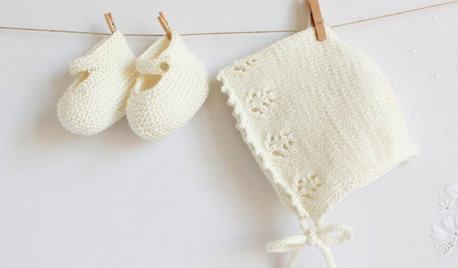
PRODUCT PICKSGuest Picks: A Healthy and Happy Modern Nursery
Organic fabrics and natural materials give you peace of mind without sacrificing style
Full Story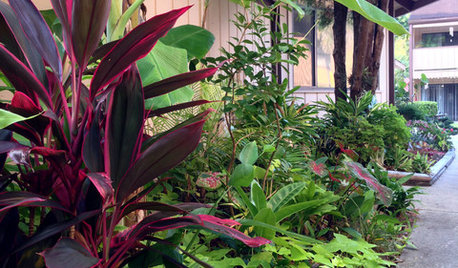
GARDENING GUIDESA Mom, a Garden and a Gift for the Neighbors
Gardening can be therapeutic in unexpected ways. See how one gardener found peace and purpose in a patch of Florida soil
Full Story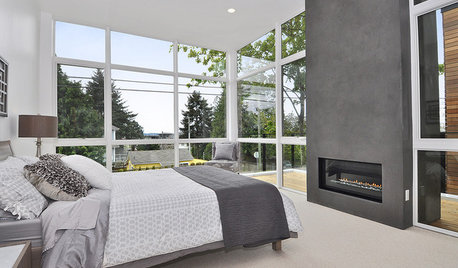
NEUTRAL COLORS8 Great Color Palettes: Surprising Bedroom Neutrals
Peaceful plum, relaxing black and many shades of gray show an unpredictably neutral nature in the bedroom
Full Story
HOUSEPLANTS10 Top Plants to Grow Indoors
Brighten a room and clean the air with a houseplant that cascades artfully, stretches toward the ceiling or looks great on a wall
Full Story
GARDENING GUIDESWhat's Wrong With My Plant? Leaves Often Hold the Clues
Learn how to identify common plant ailments by reading their leaves
Full Story
HOUSEPLANTS8 Essentials for Healthy Indoor Plants
Houseplants add so much to our homes — and can thrive when grown in the right conditions. Keep these tips in mind
Full Story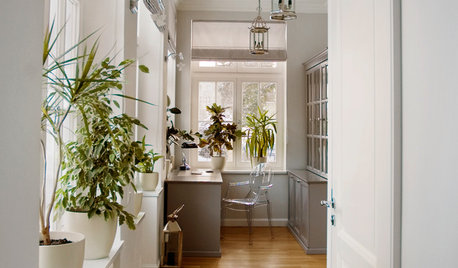
HOUSEPLANTSHow to Create an Indoor Landscape
Apply principles and elements of design to help your indoor garden flourish
Full Story








tisha_
plantomaniac08
Related Professionals
Derry Landscape Architects & Landscape Designers · Ferndale Landscape Architects & Landscape Designers · Montgomeryville Landscape Architects & Landscape Designers · San Juan Landscape Architects & Landscape Designers · Stamford Landscape Contractors · Andover Landscape Contractors · Fort Payne Landscape Contractors · Lexington Landscape Contractors · Lynn Landscape Contractors · Mission Landscape Contractors · Muttontown Landscape Contractors · Peachtree City Landscape Contractors · Roswell Landscape Contractors · St. Louis Landscape Contractors · Antioch Landscape ContractorsJazzyJuliebean
stewartsjon
tropicbreezent
dellis326 (Danny)
tapla (mid-Michigan, USDA z5b-6a)
tropicbreezent
tapla (mid-Michigan, USDA z5b-6a)